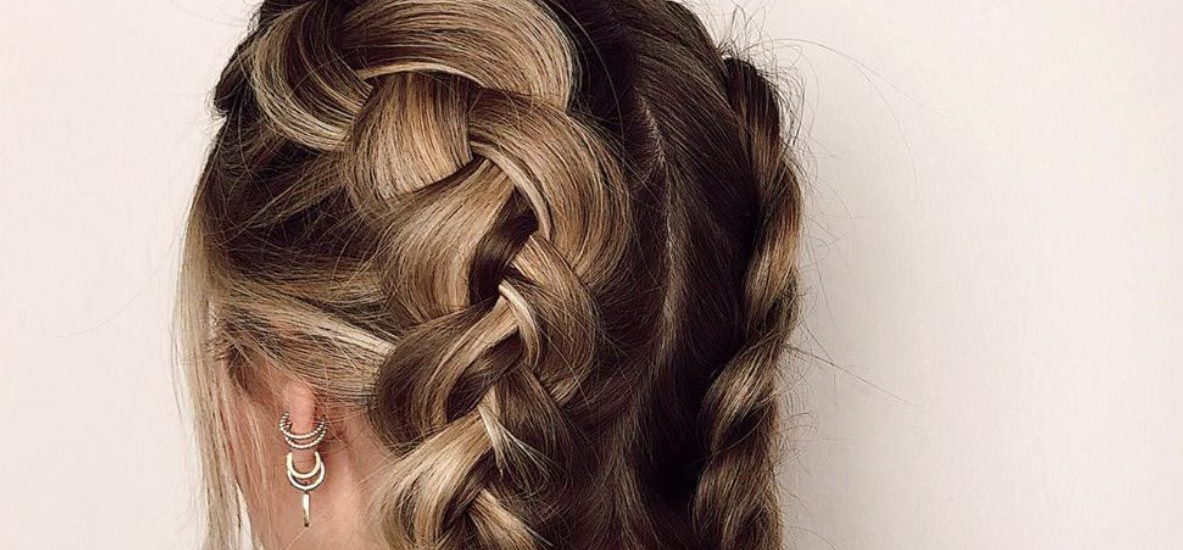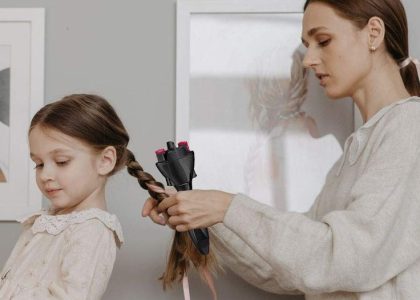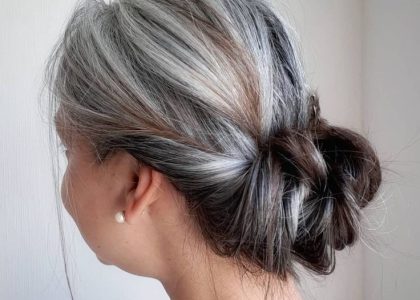Unleash Your Inner Braider: A Step-by-Step Guide to Braiding Hair
Braiding hair is a versatile and beautiful skill that can elevate any hairstyle. From classic braids to intricate cornrows, mastering the art of braiding opens up endless possibilities for creative expression. Whether you’re a braiding beginner or looking to refine your technique, this guide will equip you with the knowledge and confidence to braid like a pro.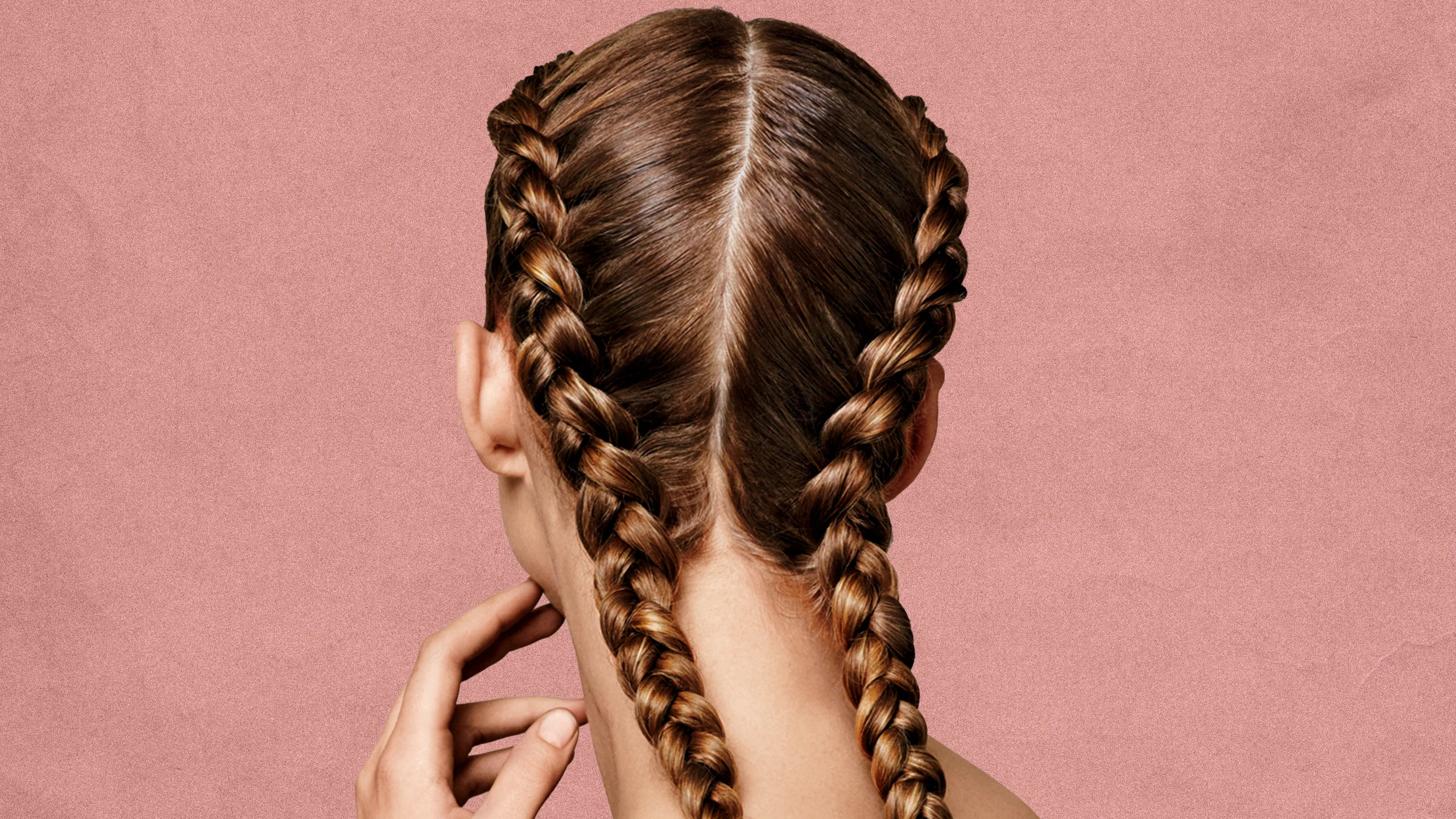
Mastering the Basics: Essential Braiding Techniques
Before diving into specific braid styles, let’s solidify the fundamental braiding techniques that form the foundation for all braids.
-
Sectioning: Sectioning hair into manageable parts is crucial for braiding. Use a comb to create clean sections, secured with clips or hair ties if necessary.
-
The Basic Braid: The foundation of most braids involves dividing hair into three equal sections. Hold the rightmost section between your thumb and index finger. Take the leftmost section and pass it over the middle section, placing it between the middle section and your thumb. Now, take the rightmost section and pass it over the new middle section, repeating this process to create the braid pattern.
-
Tightness: Maintain consistent tightness throughout the braid to ensure a clean and polished look. You can adjust the tightness based on your preference, but avoid braiding too tight as it can cause discomfort or damage hair.
-
Securing the Braid: Once the braid reaches the desired length, secure it with a hair tie. You can use a bobby pin to tuck the end of the braid under for a seamless finish.
Practice these basic techniques until they become second nature. Mastering these steps will empower you to tackle various braiding styles with confidence.
Braided Bliss: Exploring Popular Braid Styles
Now that you’ve grasped the braiding basics, let’s explore some popular braid styles to add to your repertoire:
-
The Classic Three-Strand Braid: This timeless braid is a great starting point. Practice braiding sections of hair on either side of your head to create two classic braids.
-
French Braid: Also known as an inside-out braid, the French braid incorporates hair from the top section into the braid with each weave. This creates a raised braid design, perfect for adding visual interest to hairstyles.
-
Dutch Braid: Similar to a French braid, a Dutch braid incorporates hair from the underlying sections with each weave, resulting in a raised, chunky braid ideal for thick hair.
-
Fishtail Braid: This elegant braid creates a woven, zigzag effect. Separate hair into two sections and take a small piece of hair from the outside of the left section, crossing it over to the inside of the right section. Repeat this process on the other side, creating a weaving pattern that resembles a fishtail.
-
Headband Braid: A stylish and practical option, the headband braid involves braiding a section of hair along the hairline and securing it behind the head. This braid can be used to keep bangs or loose hair out of the face.
-
Braided Ponytail: Elevate your simple ponytail by incorporating a braid. Braid a section of hair on one side of your head and then secure the rest of your hair into a ponytail. Wrap the braid around the base of the ponytail and secure it with a bobby pin.
These are just a few examples, and the possibilities are endless! With practice and creativity, you can combine these basic techniques to create unique and personalized braided styles.
Braiding Essentials: Tools and Products for Success
Having the right tools and products can make the braiding process smoother and more enjoyable. Here are some essentials to consider:
-
Comb: A fine-tooth comb is ideal for creating clean sections and parting hair precisely.
-
Detangling Brush: Detangling hair before braiding is crucial to prevent breakage. Opt for a wide-tooth comb or a detangling brush to gently remove knots.
-
Hair Ties: Having a variety of hair ties in different colors and sizes allows you to secure braids discreetly or add pops of color.
-
Bobby Pins: Bobby pins are versatile tools for securing braids, tucking away flyaways, and creating intricate braided designs.
-
Leave-in Conditioner: A lightweight leave-in conditioner can help tame frizz and make hair easier to manage while braiding.
-
Hair Clips: Hair clips are helpful for holding sections of hair in place while braiding, especially when working with intricate styles.
Invest in high-quality tools and products that will make your braiding experience more efficient and enjoyable.
Pro Tips for Effortless Braiding: Mastering the Art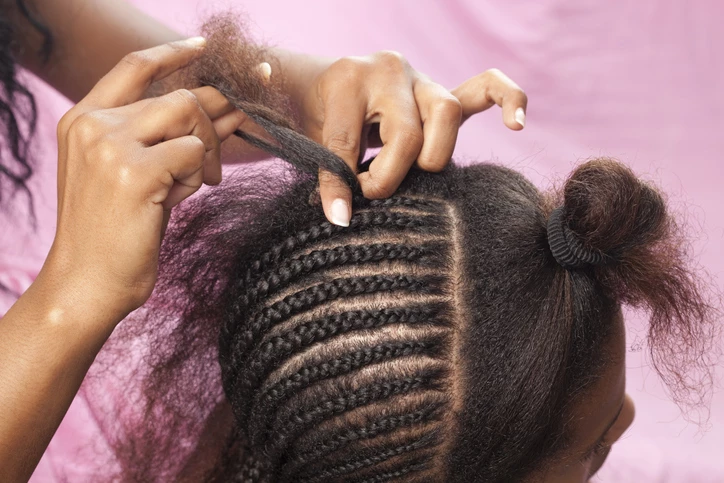
Here are some additional tips to elevate your braiding skills and achieve professional-looking results:
- Practice Makes Perfect: The more you practice braiding, the more comfortable and confident you’ll become. Don’t be discouraged if your first attempts aren’t perfect. Keep practicing on yourself, friends, or a mannequin head.
- Start with Damp Hair: Slightly damp hair is easier to braid than dry hair as it provides more grip and prevents slipping. However, avoid braiding soaking wet hair, as it can be fragile and prone to breakage.
- Work with Small Sections: Especially when you’re a beginner, start with braiding smaller sections of hair. This allows for more control and creates a cleaner braid. As you gain confidence, you can gradually increase the section size.
- Use Your Fingers: Your fingers are your most important tools for braiding. Use them to hold sections in place, tighten the braid, and incorporate new hair into the weave.
- Be Gentle: Braiding shouldn’t cause discomfort. Avoid pulling hair too tight, and take breaks if your hands get tired.
- Patience is Key: Braiding intricate styles takes time and practice. Be patient with yourself, and celebrate your progress as you learn different techniques.
- Embrace Imperfections: No braid is perfect, and a slight wobble or unevenness adds a touch of personality. Don’t stress about achieving absolute perfection.
- Seek Inspiration: Get inspired by tutorials, pictures, and videos online. There are countless resources showcasing various braiding styles and techniques.
- Experiment and Have Fun!: Don’t be afraid to experiment and create your own unique braid styles. The beauty of braiding lies in its versatility and creative potential.
By following these tips and consistently practicing the techniques, you’ll be well on your way to braiding like a pro. Braiding hair is a rewarding skill that allows you to create beautiful and diverse hairstyles for yourself and others. So, grab your comb, some hair ties, and get ready to unleash your inner braider!

